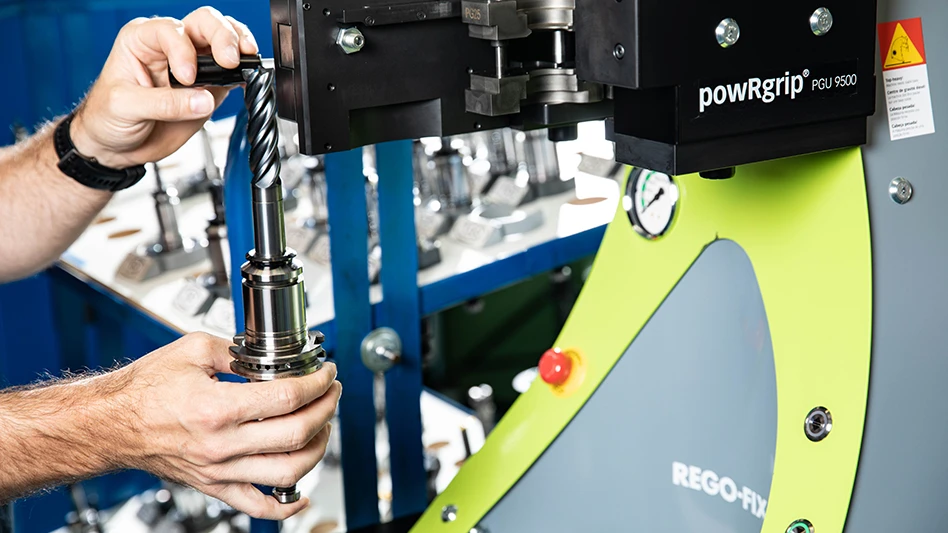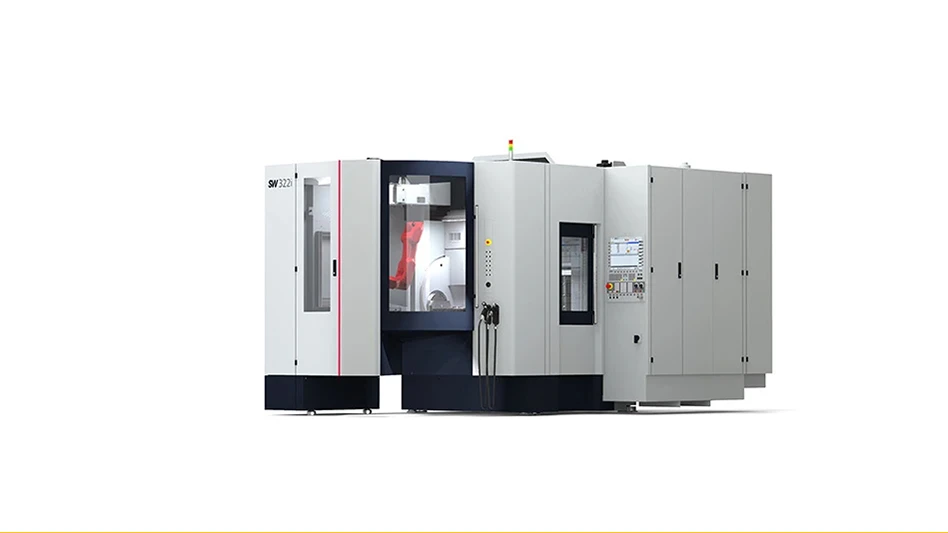 The current prototype chip, shown here resting on a hand, is only 3mm x 4mm. Credit: Steve Fyffe The current prototype chip, shown here resting on a hand, is only 3mm x 4mm. Credit: Steve Fyffe |
The era of swallow-the-surgeon medical care may no longer be the stuff of science fiction, and you may have electrical engineer Ada Poon to thank. Her tiny, wirelessly powered, self-propelled medical device is capable of controlled motion through a fluid – blood.
Poon, an assistant professor of electrical engineering, is developing a new class of medical devices that can be implanted or injected into the human body and powered wirelessly using electromagnetic radio waves.
The idea of implantable medical devices is not new, but most of today’s implements face challenges by the size of their batteries, which are large and heavy, requiring frequent replacement. Fully half the volume of most of these devices is the battery.
Poon’s devices are different. They consist of a radio transmitter outside the body sending signals inside the body to an independent device that picks up the signal with an antenna of coiled wire. The transmitter and the antennae magnetically couple such that any change in current flow in the transmitter produces a voltage in the other wire – or, more accurately, it induces a voltage. The power transfers wirelessly, able to run electronics on the device and propel it through the bloodstream.
Upending Convention
It sounds easy, but it is not. Poon first had to spend some long-held assumptions about the delivery of wireless power inside the human body.
For 50 years, scientists have been working on wireless electromagnetic powering of implantable devices, but they ran up against mathematics. According to the models, high-frequency radio waves dissipate quickly in human tissue; fading exponentially the deeper they go.
Low-frequency signals, on the other hand, penetrate well, but require antennae a few centimeters in diameter to provide enough power for the device – far too large to fit through any but the biggest arteries. In essence, because the math said no, the engineers never tried.
 Engineers at Stanford have developed a wirelessly powered, self-propelled medical device that swims through the bloodstream to deliver drugs, perform diagnostics, or perform micro-surgeries. Credit: Illustration By Carlos Suarez Engineers at Stanford have developed a wirelessly powered, self-propelled medical device that swims through the bloodstream to deliver drugs, perform diagnostics, or perform micro-surgeries. Credit: Illustration By Carlos Suarez |
Then a curious thing happened. Poon started to look closer at the models. She realized that scientists were approaching the problem incorrectly. In their models, they assumed that human muscle, fat, and bone were generally good conductors of electricity, and therefore governed by a specific subset – the quasi-static approximation, to be exact – of the mathematical principles known as Maxwell’s equations.
Poon took a different tack, choosing instead to model tissue as a dielectric – a type of insulator. As it turns out, human tissue is a poor conductor of electricity; but radio waves can still move through tissue. In a dielectric, the signal conveys as waves of shifting polarization of atoms within cells. Even better, Poon also discovered that human tissue is a low-loss dielectric; that is, little of the signal gets lost along the way.
She recalculated using a different set of equations and made a surprising discovery: radio waves travel much farther in human tissue than originally thought.
Revelation
“When we extended things to higher frequencies using a simple model of tissue, we realized that the optimal frequency for wireless powering is actually around one gigahertz,” Poon says, “about 100 times higher than previously thought.”
More significantly, however, her revelation meant that antennae inside the body can be 100 times smaller and yet deliver the power needed by the medical device.
Poon was not so much in search of a new technology; she was in search of a new math.
“There is considerable room for improvement and much work remains before such devices are ready for medical applications,” Poon states. “But, for the first time in decades, the possibility seems closer than ever.”
Stanford doctoral candidates Daniel Pivonka and Anatoly Yakovlev contributed to this research.
Stanford University, School of Engineering
Stanford, CA
soe.stanford.edu

Explore the May 2012 Issue
Check out more from this issue and find your next story to read.
Latest from Today's Medical Developments
- Tariffs threaten small business growth, increase costs across industries
- Feed your brain on your lunch break at our upcoming Lunch + Learn!
- Robotics action plan for Europe
- Maximize your First Article Inspection efficiency and accuracy
- UPM Additive rebrands to UPM Advanced
- Master Bond’s LED415DC90Med dual-curable adhesive
- Minalex celebrates 60 years of excellence in miniature aluminum extrusions
- Tormach’s Chip Conveyor Kit for the 1500MX CNC Mill





